


It is a popular vegetables crop which mostly grown in rainy season. It is belonging to Cucurbitaceae family. India is the second largest producer of pumpkin. It is used for cooking purpose and is used to make sweets. It is good source of vitamin A and potassium. Pumpkin helps to boost eye vision, lower blood pressure and has antioxidant properties. Its leaves, young stems, fruit juice and flowers contain medicinal properties.
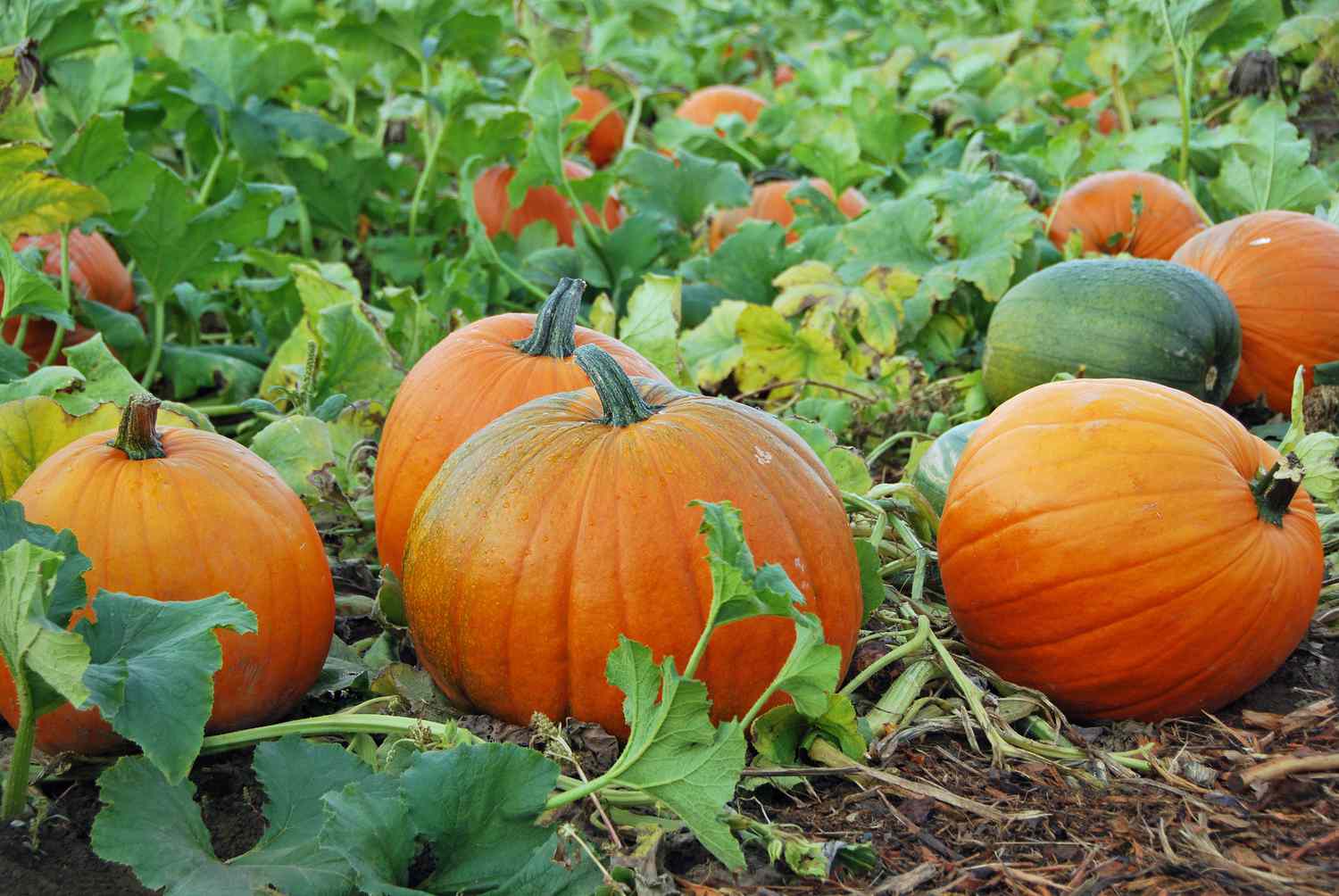

Pumpkins are used as a food source in many parts of the world and are very nutritious. They are rich in vitamin A, vitamin E, thiamine, niacin, vitamin B6 and iron. They are also rich in dietary fiber.

In Assam, area of pumpkin is 110000 hectares and production is 2312000 MT.

Pumpkin needs minimum temperature of 18°C at the early stage of growth. Temperature required for growth is 25 to 28°C for its cultivation. It adopts a wide range of rainfall condition and also can tolerate low temperature.

Well drained sandy to moderately heavy soil rich in organic matter with pH 6.0-6.5


Land should be prepared by removing weeds from the previous crop. The land should be given a couple of ploughings with a tractor. Farmyard manure (FYM) should be applied to increase soil fertility.
1.7 kg/ha (250 g/bigha)
Water management should be done at 8-10 days' interval during dry spells.
FYM @ 20-25 t, N 75 kg, P2O5 80 kg, K2O 80 kg, CaO 30 kg/ha basal application (2.7 t FYM, 22.0 kg Urea, 67.2 kg SSP, 18.1 kg MOP and 4.0 kg CaO/bigha).

The insects lay eggs inside the immature fruits and upon hatching, the maggots feed away the pulps of the fruits. An oozing of resinous fluid from the sunken spot develops on the fruits while laying of eggs. Infestation usually leads to premature damage and dropping of fruits thereby, becoming unfit for consumption.
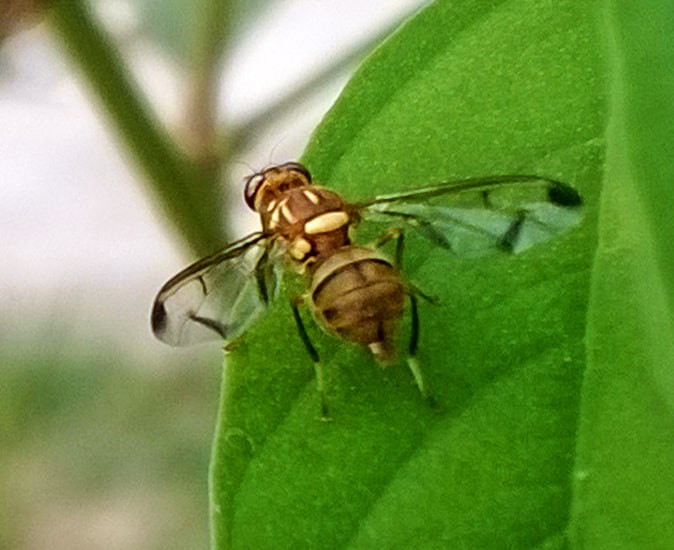
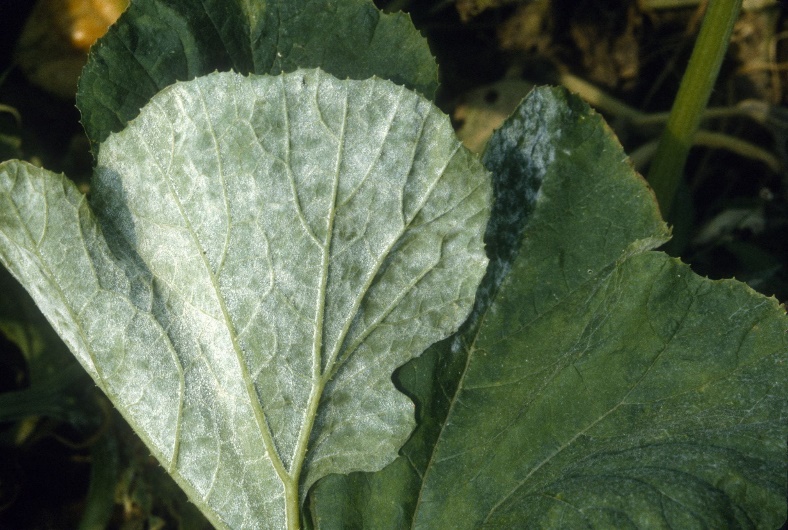
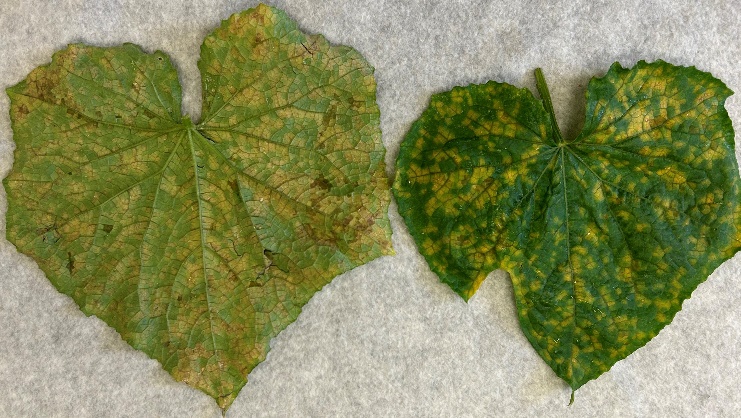
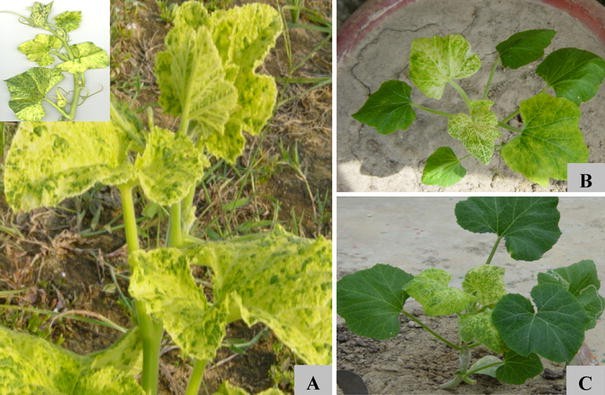
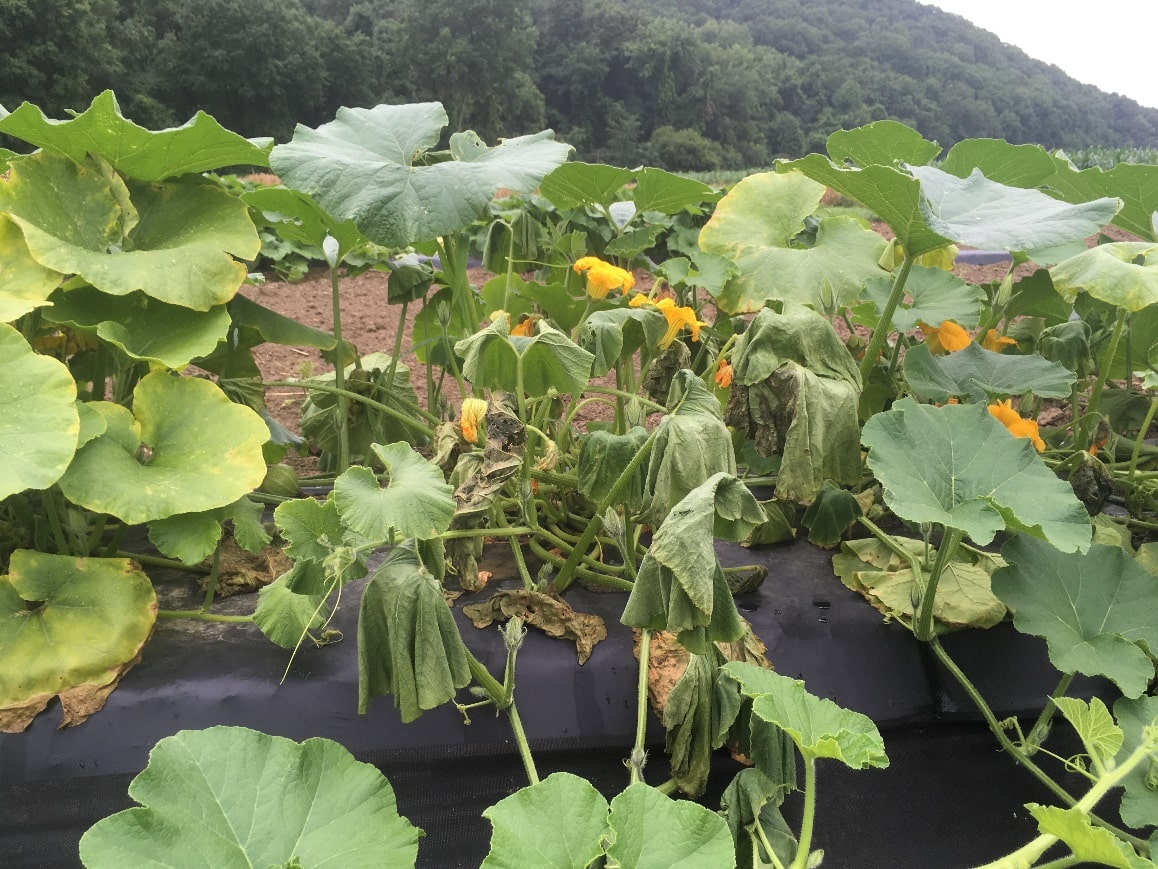

Harvesting is mainly done when the skin of the fruits turns pale brown in color, and the inner flesh becomes golden yellow in color. Mature fruits have good storage capacity, therefore they can be used for long-distance transportation. Harvesting of immature fruits is done for sale purposes.
Jorhat, PIN - 785013 Assam